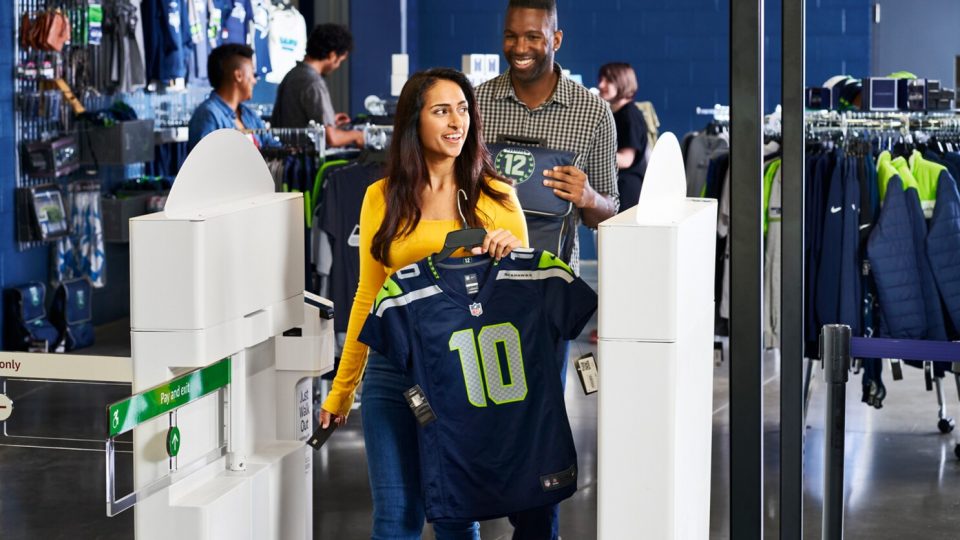In a strategic move that underscores the evolving relationship between digital platforms and brick-and-mortar retail, Whole Foods Market, the premium grocery chain owned by Amazon, is seeking closer integration with its parent company’s broader grocery operations. The announcement, made by Whole Foods’ leadership this week, signals a shift toward more unified operations, improved logistics coordination, and a strengthened omnichannel presence across the United States.
The Origins of the Partnership
When Amazon acquired Whole Foods in 2017 for $13.7 billion, industry observers predicted a gradual blending of online convenience with physical retail. Over the years, several initiatives have already hinted at integration:
-
Amazon Prime discounts and membership perks at Whole Foods
-
Amazon Fresh delivery options tied to Whole Foods locations
-
In-store pickup of Amazon orders
While these steps demonstrated progress, company executives acknowledge that a deeper operational integration is needed to fully leverage Amazon’s logistical and technological prowess.
Why Integration Matters
Amazon’s expertise lies in logistics, data analytics, and e-commerce — areas where traditional grocery chains often lag. By combining Whole Foods’ network of over 500 stores with Amazon’s distribution and technology infrastructure, the company aims to:
-
Enhance supply chain efficiency – Coordinated inventory management and predictive analytics can reduce waste, optimise deliveries, and ensure product availability.
-
Expand delivery capabilities – Streamlined operations may improve same-day or next-day grocery delivery, a service increasingly demanded by time-conscious consumers.
-
Personalise the shopping experience – Leveraging Amazon’s AI capabilities could allow Whole Foods to tailor promotions, recommendations, and pricing strategies for individual customers.
Executives suggest that these changes will not only improve the shopping experience but also position the combined entity to compete more aggressively against other grocery giants and e-commerce platforms, including Walmart, Kroger, and Instacart.
Operational Changes in Progress
Several initiatives are already underway:
-
Centralised inventory management: Stores and distribution centres will share real-time data to anticipate demand, especially for perishable items such as fresh produce, meat, and dairy.
-
Enhanced online ordering: Amazon’s app and website platforms are being optimised to integrate Whole Foods’ product catalogue, simplifying the process for customers ordering groceries online.
-
Dynamic pricing strategies: Using Amazon’s AI algorithms, Whole Foods can adjust pricing in real time, responding to consumer demand, inventory levels, and competitive pressures.
These operational improvements are expected to be rolled out in phases, initially in metropolitan regions with high e-commerce penetration, before scaling nationally.
Competitive Pressures
The integration effort comes amid intensifying competition. Supermarket chains across the U.S., including Walmart, Kroger, and Albertsons, are investing heavily in e-commerce, delivery services, and automated fulfilment. Meanwhile, online-native platforms like Instacart have carved out significant market share in the grocery delivery segment.
Amazon’s strategy is clear: by combining digital expertise with Whole Foods’ established physical footprint, it can offer a more seamless grocery experience than competitors. Analysts note that this dual approach — leveraging both online and physical assets — provides Amazon with a distinct advantage in a market where convenience and speed are increasingly critical to consumer choice.
Implications for Consumers
Shoppers are likely to experience several benefits as a result of the integration:
-
Faster delivery windows for fresh groceries and pantry staples
-
Better product availability, particularly for seasonal or high-demand items
-
Personalised offers based on shopping habits
-
Enhanced in-store experiences, including easier pickup and more efficient checkout processes
By combining digital innovation with the in-store experience, Amazon and Whole Foods aim to redefine what modern grocery shopping looks like, blurring the line between traditional retail and e-commerce.
Challenges and Considerations
While the integration promises significant benefits, it also presents challenges:
-
Logistical complexity: Coordinating thousands of SKUs across hundreds of stores requires precision and robust technology.
-
Consumer perception: Whole Foods’ premium brand must retain its identity even as operations become more automated and data-driven.
-
Competition from local grocers: Smaller regional chains may respond with aggressive promotions, community-focused marketing, and hyper-local product offerings.
Executives acknowledge that success will require balancing efficiency gains with maintaining the distinctive in-store experience that has made Whole Foods a trusted brand.
Strategic Significance
The move represents a broader trend in the grocery sector: the convergence of physical and digital operations. Retailers are increasingly recognising that the future of grocery lies in:
-
Omnichannel approaches – combining online, delivery, and in-store experiences
-
Data-driven inventory management – reducing waste and optimising stock
-
Customer personalisation – using AI to influence product discovery and purchase decisions
For Amazon, Whole Foods is more than a grocery chain; it is a testing ground for the company’s broader vision of “frictionless retail.” The integration may also inform future strategies for other Amazon-owned retail assets.
Looking Ahead
Industry analysts predict that over the next two to three years, the integration between Whole Foods and Amazon will extend beyond logistics. Potential developments include:
-
Expansion of Amazon Fresh hubs using Whole Foods stores as fulfilment centres
-
Greater AI-powered analytics for pricing, promotions, and inventory
-
Possible adoption of autonomous delivery and smart shopping carts
-
International expansion using the combined model in markets such as the UK, Germany, and Japan
The company’s ultimate goal is clear: to create a seamless grocery ecosystem where physical and digital channels complement each other, delivering convenience, quality, and speed to the modern consumer.
Conclusion
Amazon’s drive to integrate Whole Foods more closely into its grocery operations reflects both ambition and necessity. With consumer expectations shifting rapidly toward convenience, speed, and personalised experiences, retailers must adapt or risk falling behind. By leveraging Whole Foods’ established store network and Amazon’s technological expertise, the combined operation is positioned to reshape the U.S. grocery landscape and set a benchmark for how digital and physical retail can coexist and thrive.

